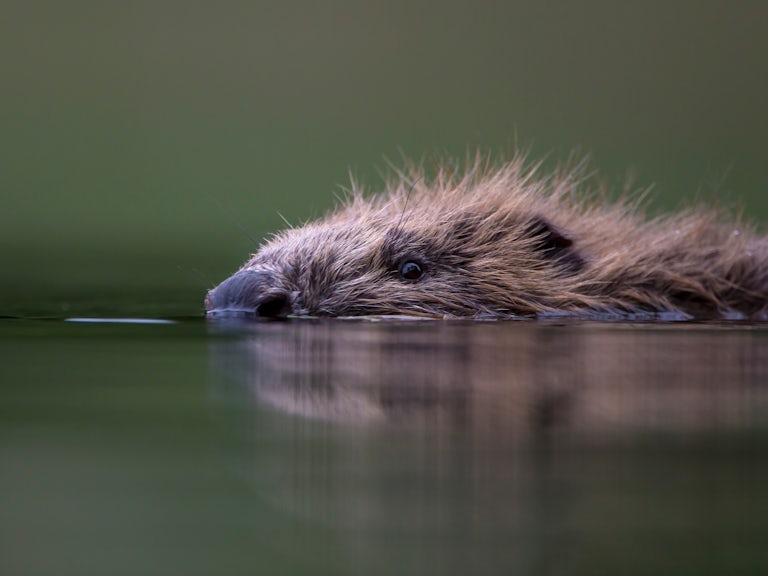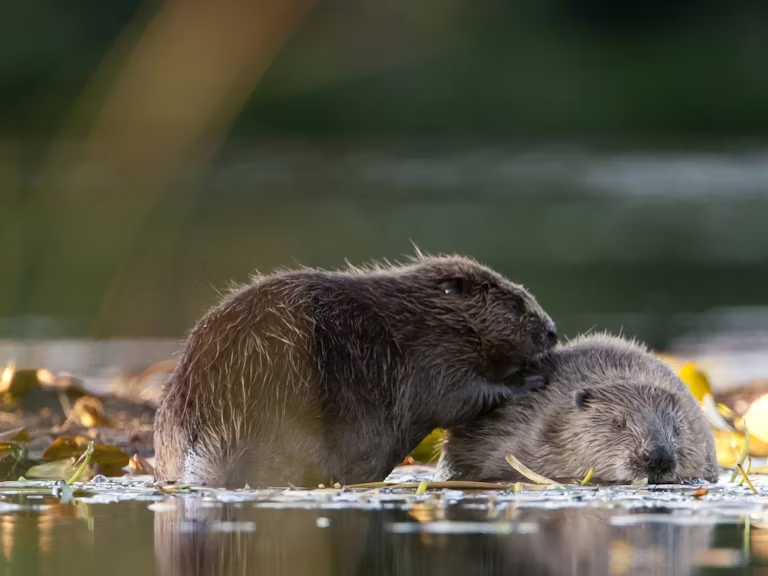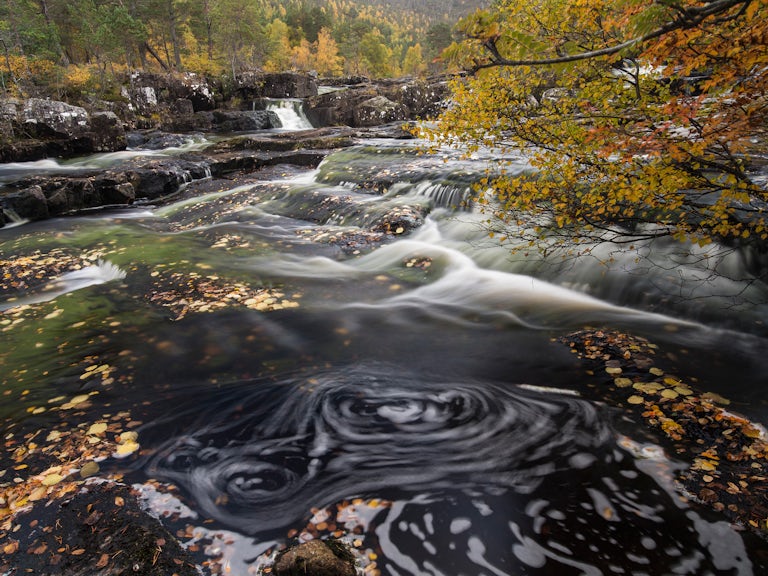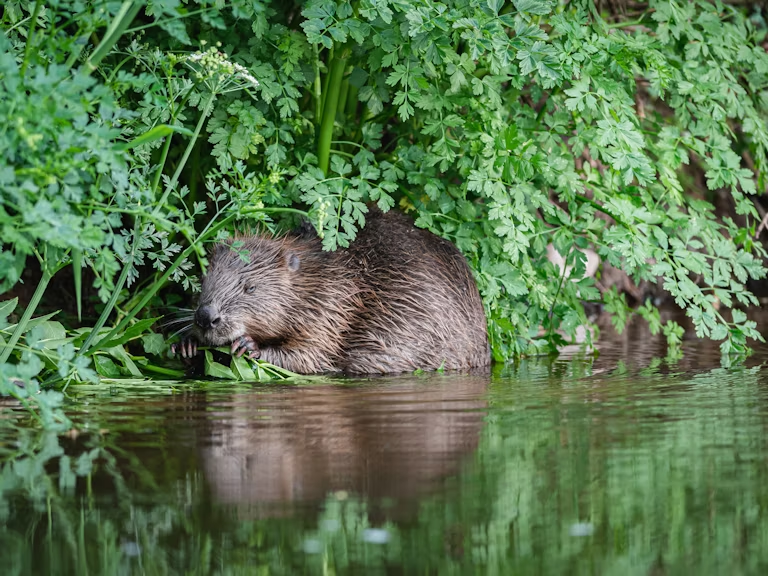Saving Scotland’s wild beavers
As Scotland’s beaver killing season restarts, action by the Scottish Government is needed to help wild beavers survive.

Published 28/08/2020
The Scottish Government has made a commitment to tackle the connected crises of climate breakdown and nature loss. But a supreme effort is required to make a difference. Judging by its actions regarding the return of Eurasian beavers to the country, the government’s ability to ‘think big’ about adopting natural solutions to the problems we face must be in serious doubt.
Beavers should be widespread in Scotland, but they were hunted to extinction in Britain some 400 years ago. In 2009, the Scottish Government authorised the release of beavers from Norway in Argyll’s Knapdale Forest. It was Britain’s first official reintroduction of a mammal species to the wild.
Beavers began doing what beavers do – rewilding – by felling trees to build small dams. This lets in light to waterside woodlands, and creates ponds and wetland areas. All this supports a mind-boggling variety of species including bats, birds, amphibians, reptiles, otters and fish, including young salmon which grow faster and healthier in beaver areas.
What’s good for wildlife is good for us too
Beaver dams help reduce flooding by regulating water flow, retain water which can help during droughts, and improve water quality by trapping sediment.
After assessing the Knapdale trial, the Scottish Government made a landmark announcement in November 2016: beavers could stay. Another big moment came in May 2019, when beavers became a protected species in Scotland. But this habitat-creating, biodiversity-boosting, flood-preventing animal now finds itself at a crossroads. Its long-term future in Scotland must be in doubt because about 20 percent of Scotland’s wild beavers were legally killed last year.
Scotland’s other beaver population is concentrated around Tayside, where a few animals escaped from private collections around 2001. When beavers colonised low-lying areas, they began causing unwanted impacts, such as damaging crops. For over 13 years Tayside farmers could control beavers as they wished. Now they must obtain a licence from Scottish Natural Heritage (SNH) if they want to kill beavers or remove their dams or lodges. So far, 87 beavers have been shot.
A missed opportunity to think big
In June, the Scottish Parliament rejected a legal amendment which would have prevented licensed killing of beavers unless the Government is sure the species has reached a favourable conservation status. With just two populations in Scotland, this is unlikely. This was a missed opportunity to ‘think big’ and act differently. At the Scottish Rewilding Alliance, we advocate paying farmers for having beavers on their land. Sometimes beavers may still need to be removed, but paying for beavers could help to change the way farmers view them.
Another really positive solution would be to relocate beavers from areas where they aren’t wanted to places where they are. Scotland has plenty of suitable habitat where beavers can thrive. And a growing number of forward-thinking landowners would love to have these aquatic engineers working their magic on their land too.
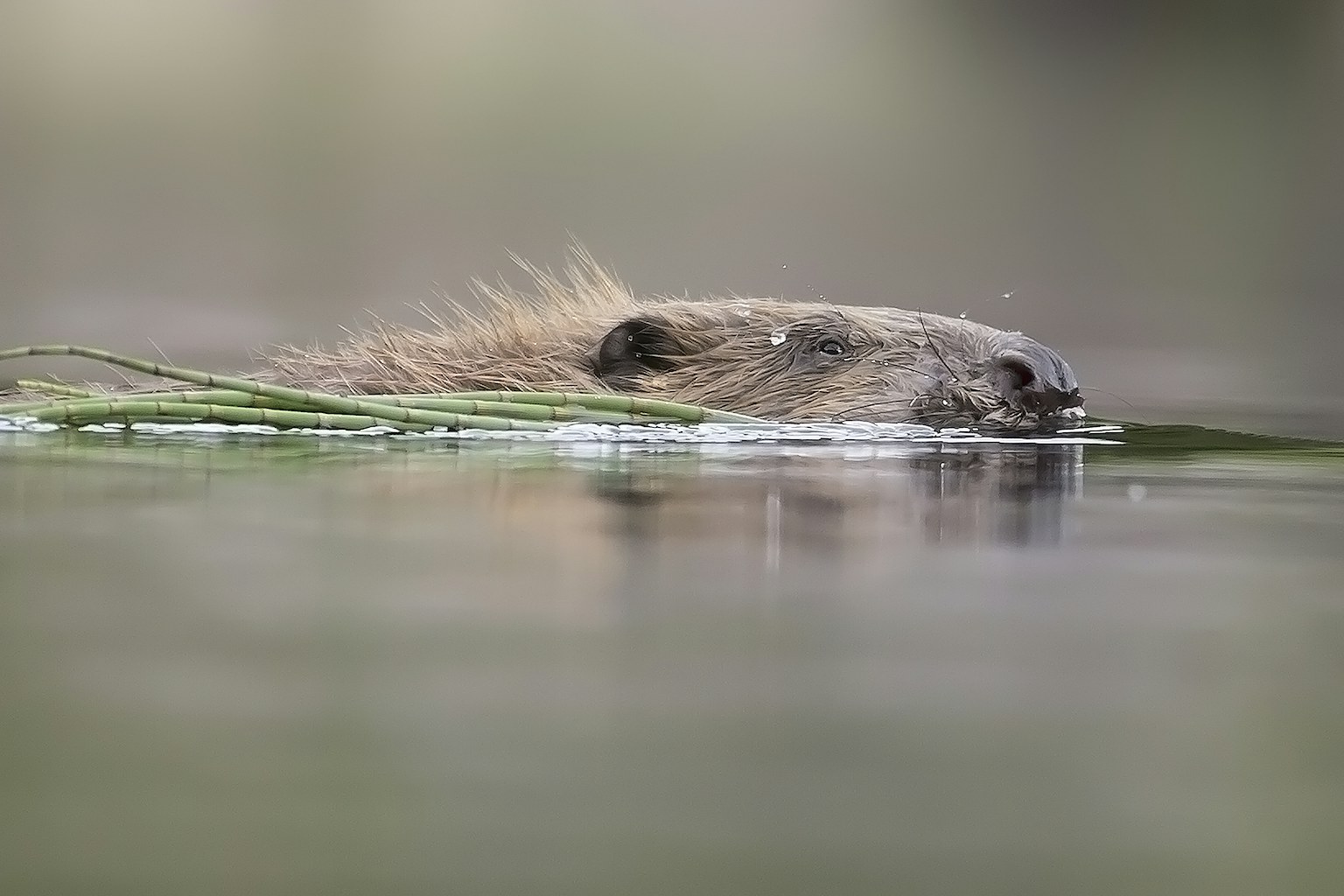
Where can beavers be relocated to?
In the Highlands, for example, SNH has identified many beaver-friendly locations, often surrounded by land with low sensitivity to beaver impacts. At a practical level, Trees for Life has been preparing for the return of beavers for over 25 years, creating habitat by planting aspens and willows – two of beavers’ favourite trees – along loch shores and riverbanks as it restores the Caledonian Forest.
But the Government says beavers are only allowed to spread naturally, and ministers are currently blocking beaver relocations within Scotland – though happy to see them moved to England. This means it will take beavers decades to reach suitable areas that could benefit from their presence right now, while the current ‘shoot first’ policy makes a mockery of the animal’s protected status.
The stark truth is that each beaver shot is a wasted life that could have helped tackle the climate emergency and nature crisis by creating a thriving nature-rich wetland somewhere else in Scotland.
What is lacking is the political will to welcome the species back – properly – with open arms. While we may be a world leader in climate change, we need to play ecological catch-up with over 20 other European countries. They currently enjoy the rewilding rewards of reintroducing beavers while successfully managing localised impacts.
Ends
This article was originally published in the Scotland on Sunday newspaper, 5 July 2020.
The Scottish Rewilding Alliance is a coalition of environmental charities, countryside access organisations, businesses and community groups. See www.rewild.scot
Sign the petition . As part of the Scottish Rewilding Alliance, we’re calling on the Scottish Government to initiate a programme to relocate protected beavers to suitable habitat outside existing beaver range. This will help to minimise the need to kill these wetland wonders in conflict areas. Sign the petition here (closes 27 August).
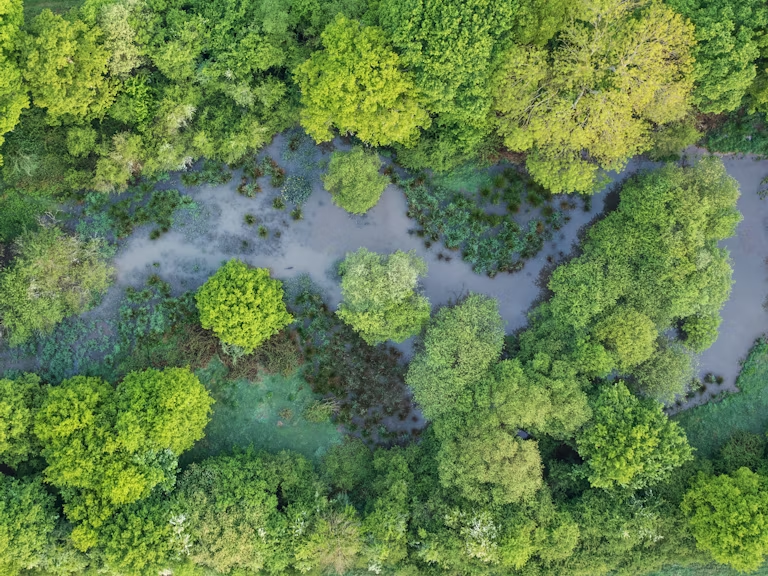
Explore our Rewilding Manifesto
We need UK Government to Think Big and Act Wild for nature, people and planet.
Learn more
Our vision
We have big ambitions. Find out what we’ve set out to achieve through rewilding.
Our 2025-2030 strategy
